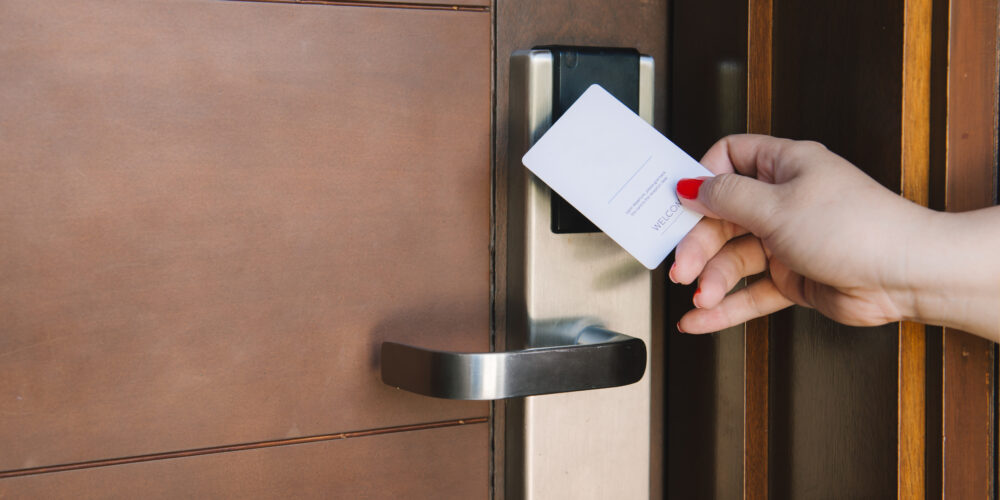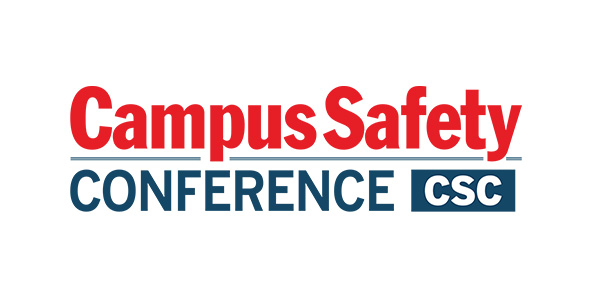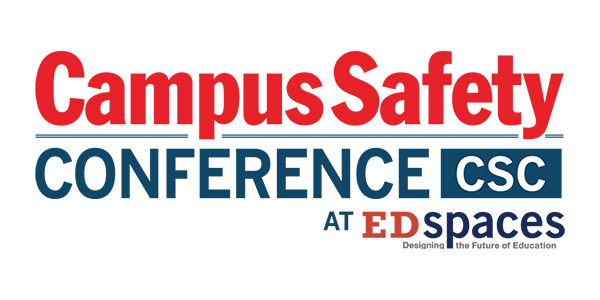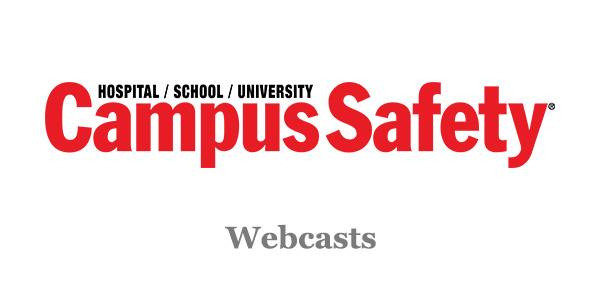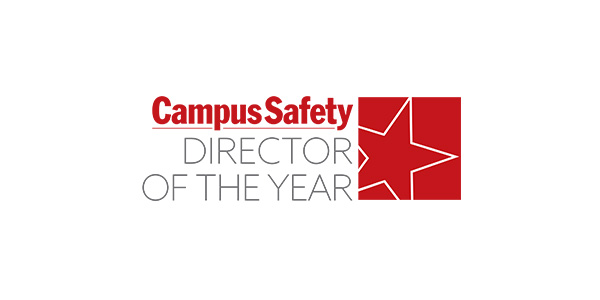As consumer-grade hacking devices become more powerful and accessible than ever, educational institutions are facing a growing physical security threat; one that doesn’t involve breaking locks or forcing doors. Instead, it takes advantage of outdated access control systems that many schools have trusted for decades.
One such consumer-grade hacking device is the Flipper Zero, a once-niche gadget for hardware hobbyists that has gone fully mainstream. For around $200, anyone — regardless of technical expertise — can purchase this pocket-sized device and use it to exploit widely used campus access control systems with ease. With just a brief wave near a lanyard or backpack, the device can clone an ID card in seconds, enabling unauthorized access to dorms, dining halls, or academic buildings — all without triggering alarms or raising suspicion.
This isn’t just a theoretical concern. On many campuses, misuse of devices like Flipper Zero is already occurring. Students and other unauthorized individuals are using these tools to gain access to dorms they don’t reside in, steal dining hall meal dollars, or misuse campus credentials.
How Flipper Zero Exploits Proximity Card Vulnerabilities
At the core of this issue is the continued reliance on legacy access technologies — a particularly low-frequency proximity (prox) cards. These legacy credentials lack encryption and authentication, making it difficult to distinguish between a legitimate card and a cloned one. As a result, many schools face real vulnerabilities in their physical security infrastructure —vulnerabilities that are often hard to detect and easy to overlook.
Flipper Zero is a compact, open-source device originally built for developers to explore and test wireless systems. The tool is equipped with multiple antennas that allow it to interact with a wide range of technologies, such as garage door remotes, remote controls, or access cards. Since it is open-source, the software is publicly available and easily modified, which has contributed to its rapid adoption by the online community.
Related Article: Why Campuses Should Consider Open Technology and Interoperable Access Control Credentials
When it comes to access control systems, Flipper Zero poses a serious threat. Here’s how it works:
- Read: The Flipper Zero uses the card’s antenna to power the chip and extract raw credential data, often without the cardholder knowing.
- Emulate: The device can essentially “become” the original card by replaying that data to an access reader.
- Clone: Flipper Zero can write the stolen credentials to a blank card, creating a duplicate that functions just like the original.
The entire process can be completed in just a few seconds with minimal effort. A student or anyone nearby could simply walk past a badge hanging from a lanyard, capture the credentials, and use them to access secured areas without detection.
As more people discover how easy these gadgets are to use, especially on school campuses where physical ID cards are used every day, the risk is continuing to grow. The longer schools rely on outdated, unencrypted access cards, the more exposed they become. Addressing these vulnerabilities now is essential to protecting the safety and integrity of campus environments.
Why Unencrypted Access Systems Puts Campus Security at Risk
Many educational institutions continue to rely on outdated access credentials, such as low-frequency prox cards, which remain among the most widely used ID credentials on campuses. These cards were not designed to withstand modern security threats. They lack encryption, authentication, and provide only minimal logging based on simple card ID recognition.
Related Article: How Mobile-Integrated Security Technology is Changing Campus Safety
The situation is further complicated because cloned cards are virtually indistinguishable from the originals. They appear valid in system logs, so unauthorized access often goes undetected unless someone physically checks IDs or reviews surveillance footage. This creates significant security vulnerabilities, including:
- Unauthorized entry into secure facilities or dorms
- Posing as staff, faculty, or students
- Theft or misuse of systems with stored value, like meal plans or printing credits
- Access to administrative buildings or sensitive research labs
Educational institutions often stick with outdated access cards because they’re inexpensive, widely supported, and upgrading can be complex, especially when hundreds of card readers across campus are involved. Additionally, some vendors may downplay these risks or overstate compatibility with newer technologies. However, clinging to outdated systems is increasingly unsafe and unsustainable for modern campus security.
3 Steps to Modernizing Your Campus Access Control
Schools can reduce their Flipper Zero exposure and begin securing their physical access systems by taking the following steps:
- Audit Existing Systems: Identify all locations where prox or magstripe cards are still in use. Pay special attention to multi-tech readers that default to prox when available. These readers are especially vulnerable to downgrade attacks.
- Begin a Phased Upgrade: Move to mobile credentials like digital wallets or encrypted credential solutions that can’t be cloned by devices like the Flipper Zero. Educational institutions should manage their encryption keys to ensure that any attack requires a highly targeted effort and to minimize risk in the event of an industry-wide key compromise.
- Modernize Reader Infrastructure: Upgrade to readers that support secure credentials and disable prox fallback. Implement protocols like Open Supervised Device Protocol (OSDP) to enable encrypted communication between readers and controllers, as well as remote management capabilities. This allows campuses to push firmware updates and configuration changes remotely, eliminating the need for reader-to-reader configuring. For large universities with hundreds or thousands of readers, this approach significantly reduces the time and cost associated with system-wide maintenance.
How Upgrading Access Control Systems Builds a Safer, Smarter Campus
The advantages of moving away from traditional, unencrypted credentials extend well beyond preventing card cloning. Encrypted systems greatly lower the possibility of illegal access to persons, property, and sensitive data, and strengthen the foundation for campus security.
Related Article: Keycard Hack Can Open Hotel Guest Rooms
Operationally, modern access control architectures enable remote configuration and updates, reducing manual labor and minimizing system downtime. Digital credentials can be quickly reissued or access rights adjusted without needing physical hardware changes, which is especially critical during security incidents. Upgrading also helps campuses stay compliant with evolving regulations that increasingly require encrypted communication and credentials.
Finally, investing in secure, future-ready systems with remote management capabilities allows campuses to more easily adopt new technologies and avoid costly overhauls down the line.
Staying Ahead of Flipper Zero and Other Hacking Threats
The dangers posed by devices like the Flipper Zero are no longer theoretical. They represent a real shift in how physical security systems, especially those relying on unencrypted credentials, can be compromised in everyday scenarios. The increasing number of these technologies on college campuses indicates that access control methods need to be carefully reevaluated.
By adopting a phased and deliberate strategy — starting with auditing existing systems, implementing secure technologies, and phasing out proximity cards — schools can move from a reactive stance to a resilient security posture.
Upgrading isn’t simply about safeguarding data or doors. It all comes down to preserving trust: ensuring faculty have safe work environments, students feel secure in their residences, and the institution effectively protects its people and assets. Recognizing the vulnerabilities of legacy credentials is the crucial first step toward meaningful, lasting change.
Jeff Buzan is Wavelynx’s Director of Product.
Note: The views expressed by guest bloggers and contributors are those of the authors and do not necessarily represent the views of, and should not be attributed to, Campus Safety.

